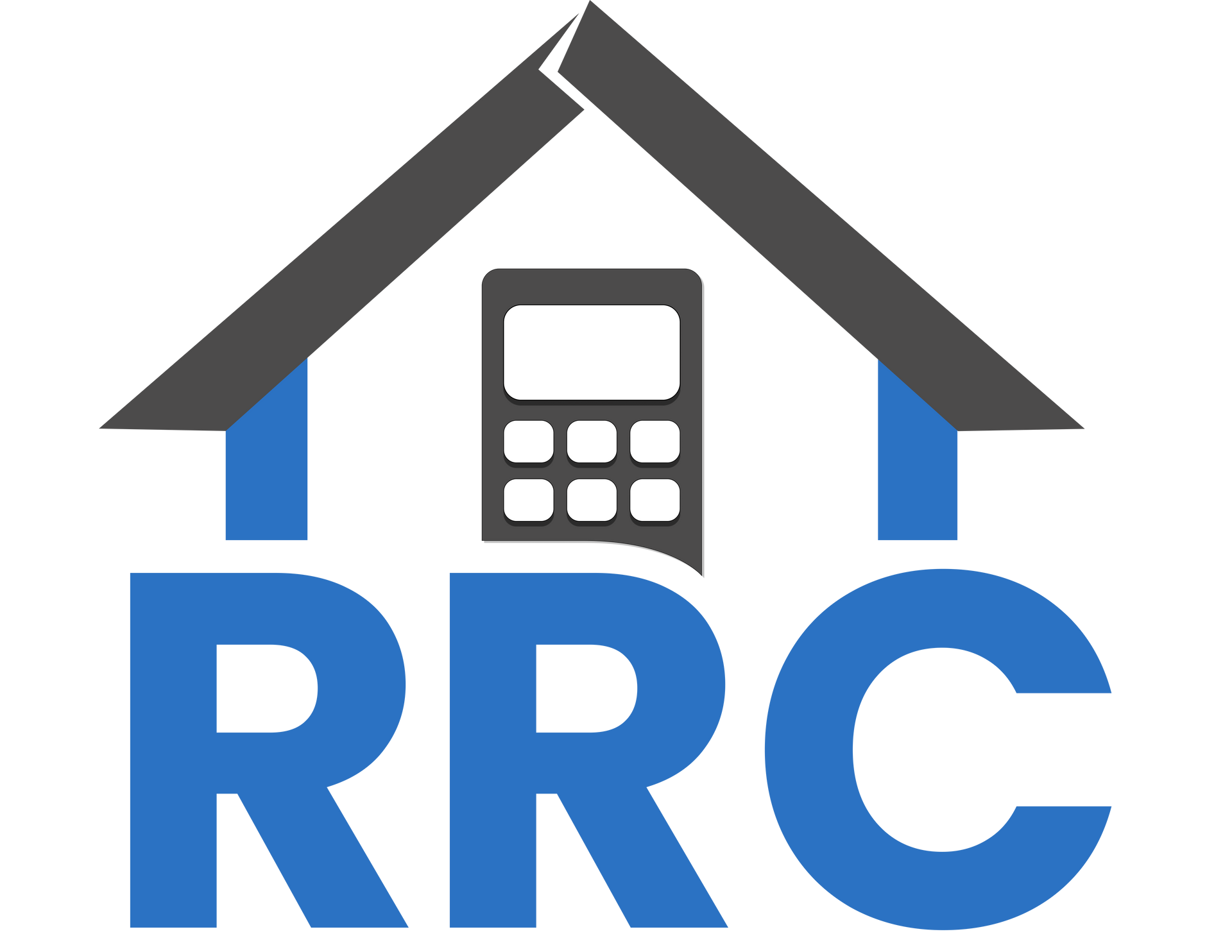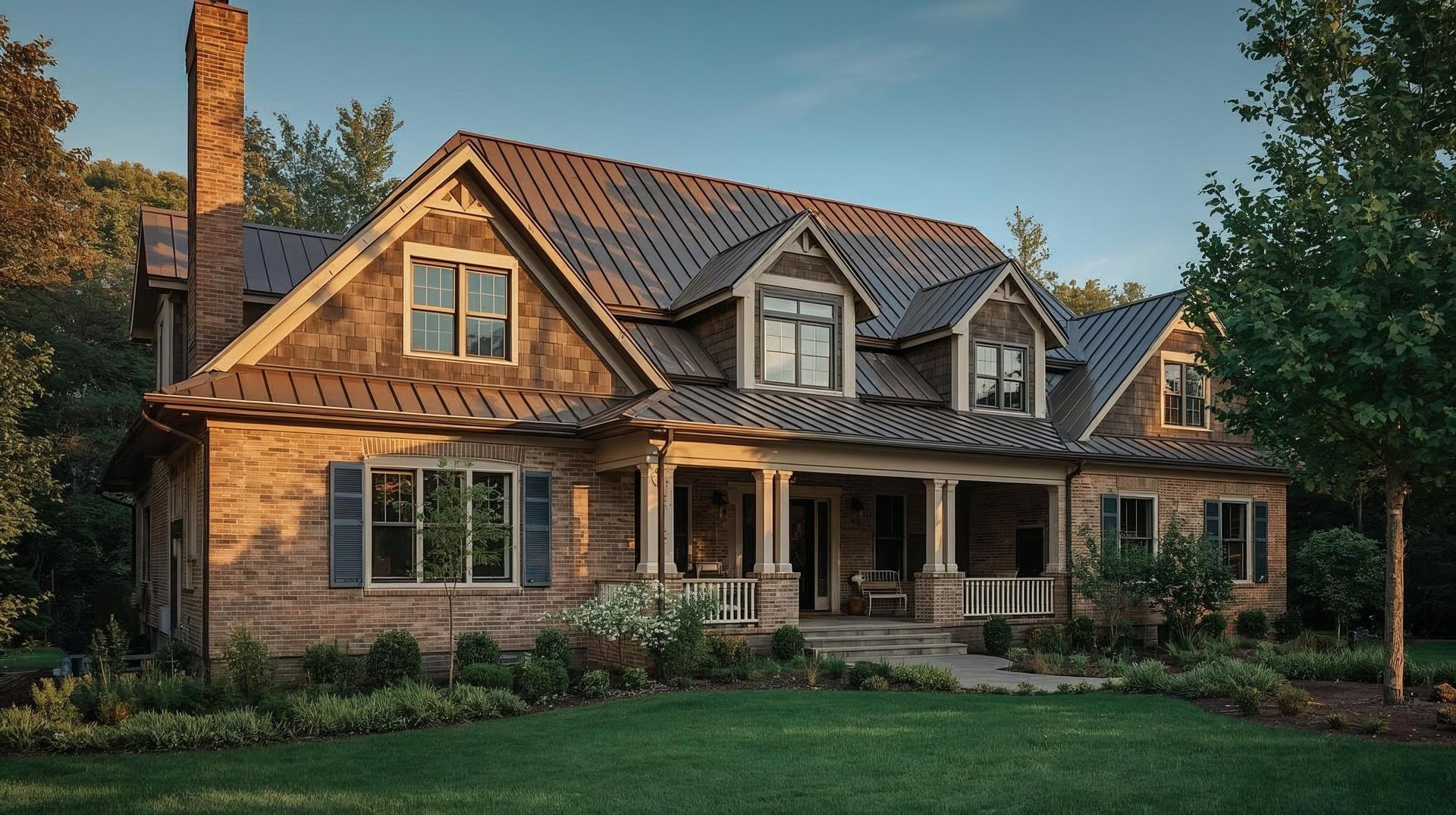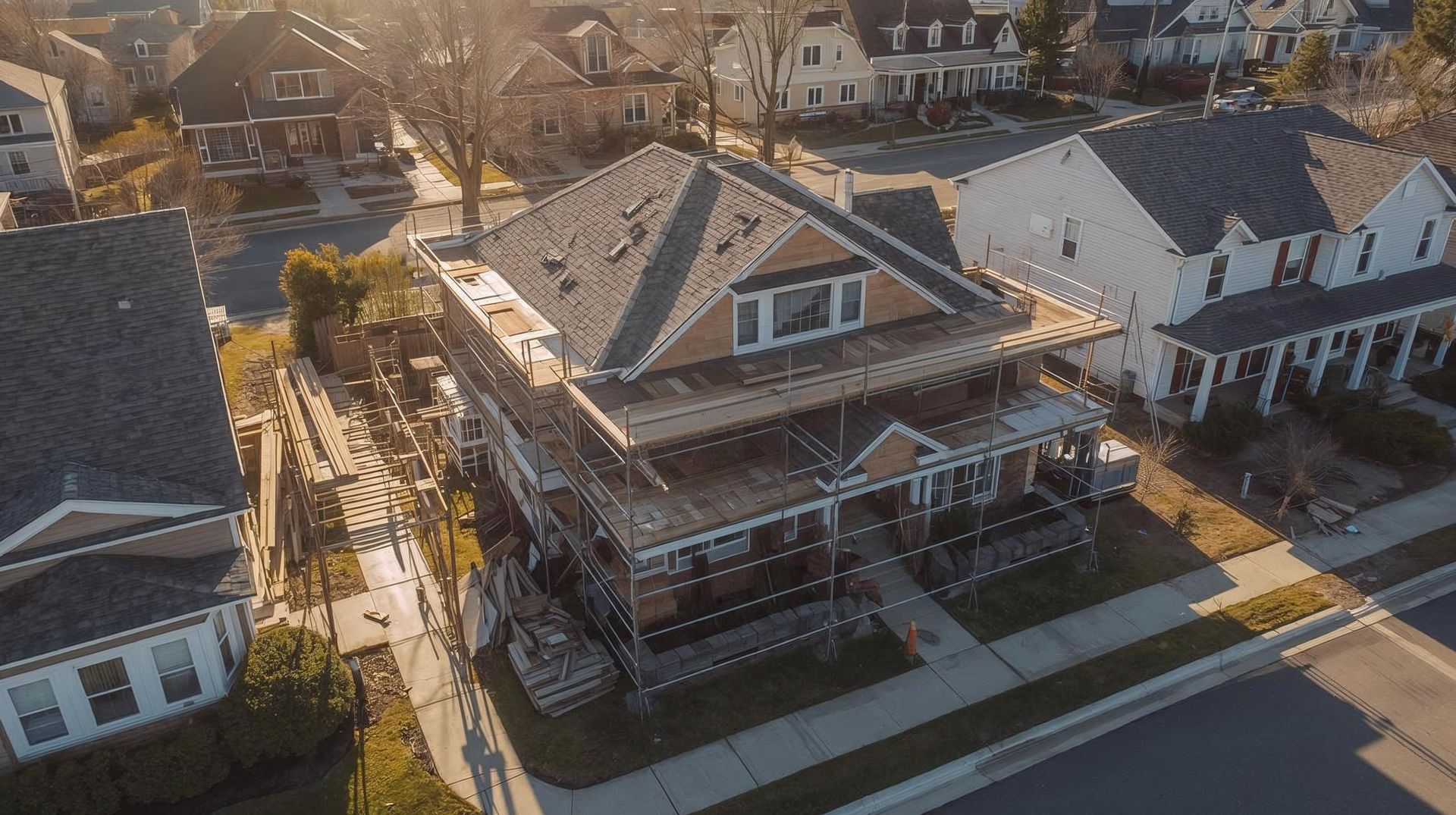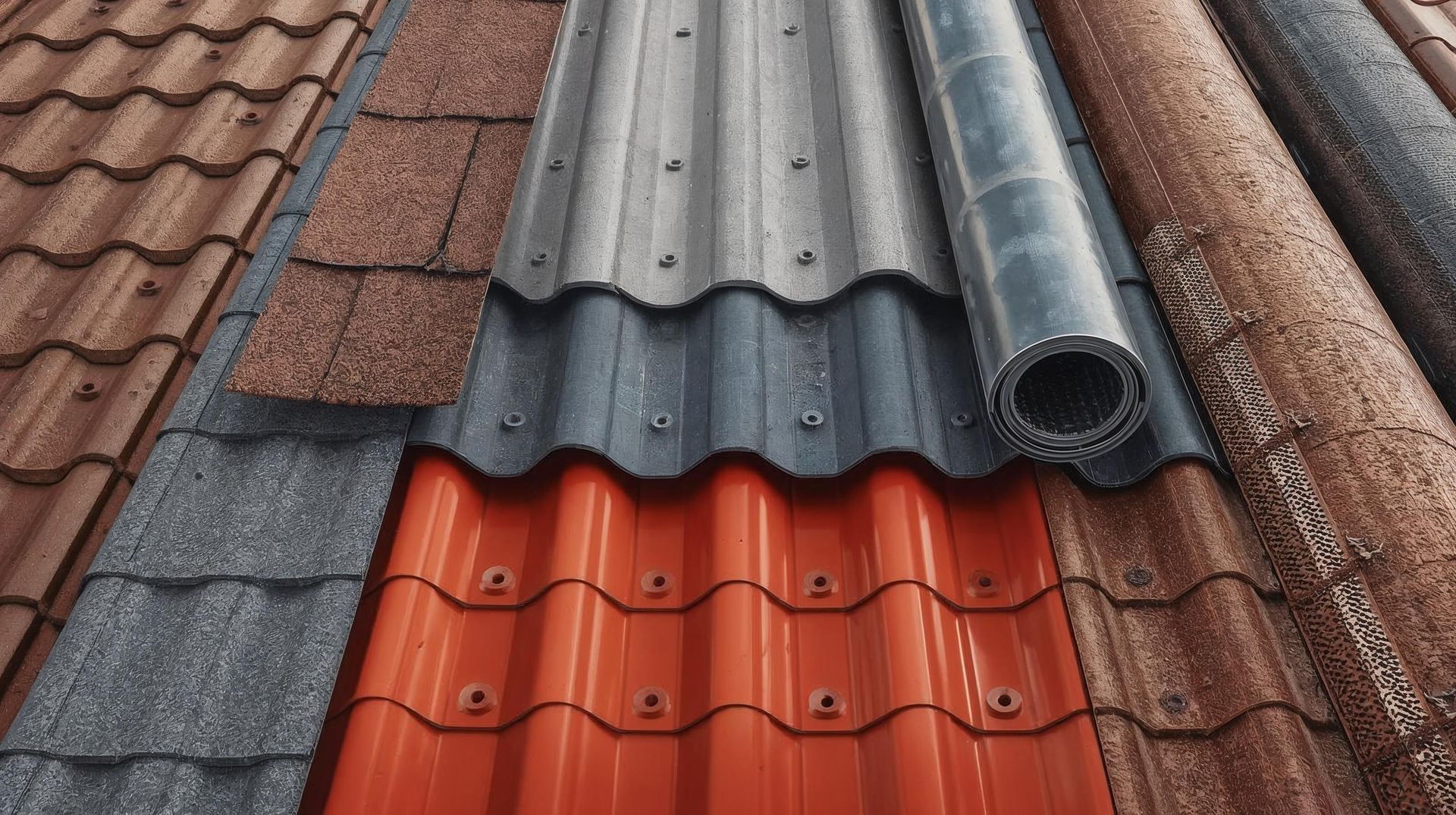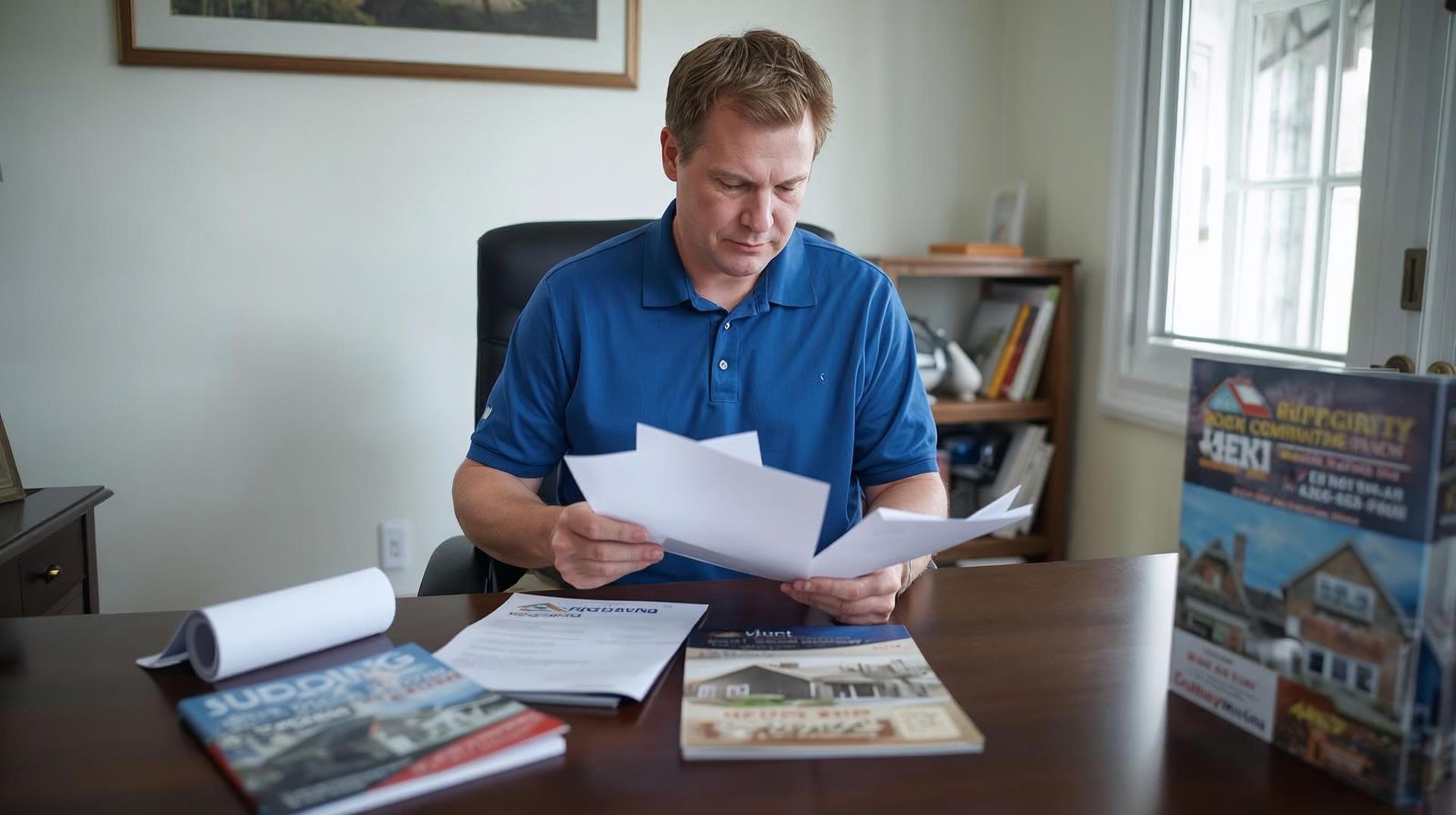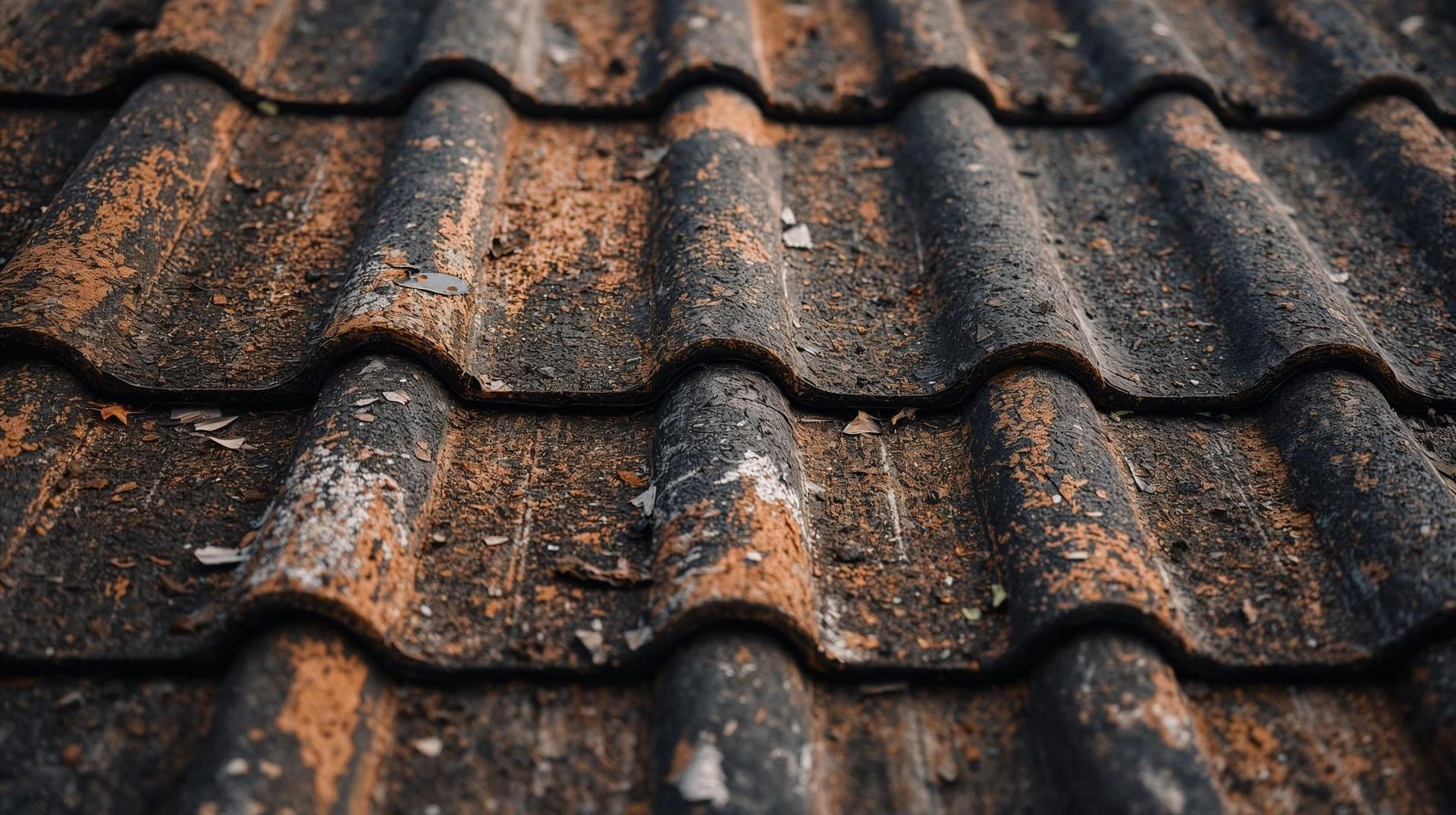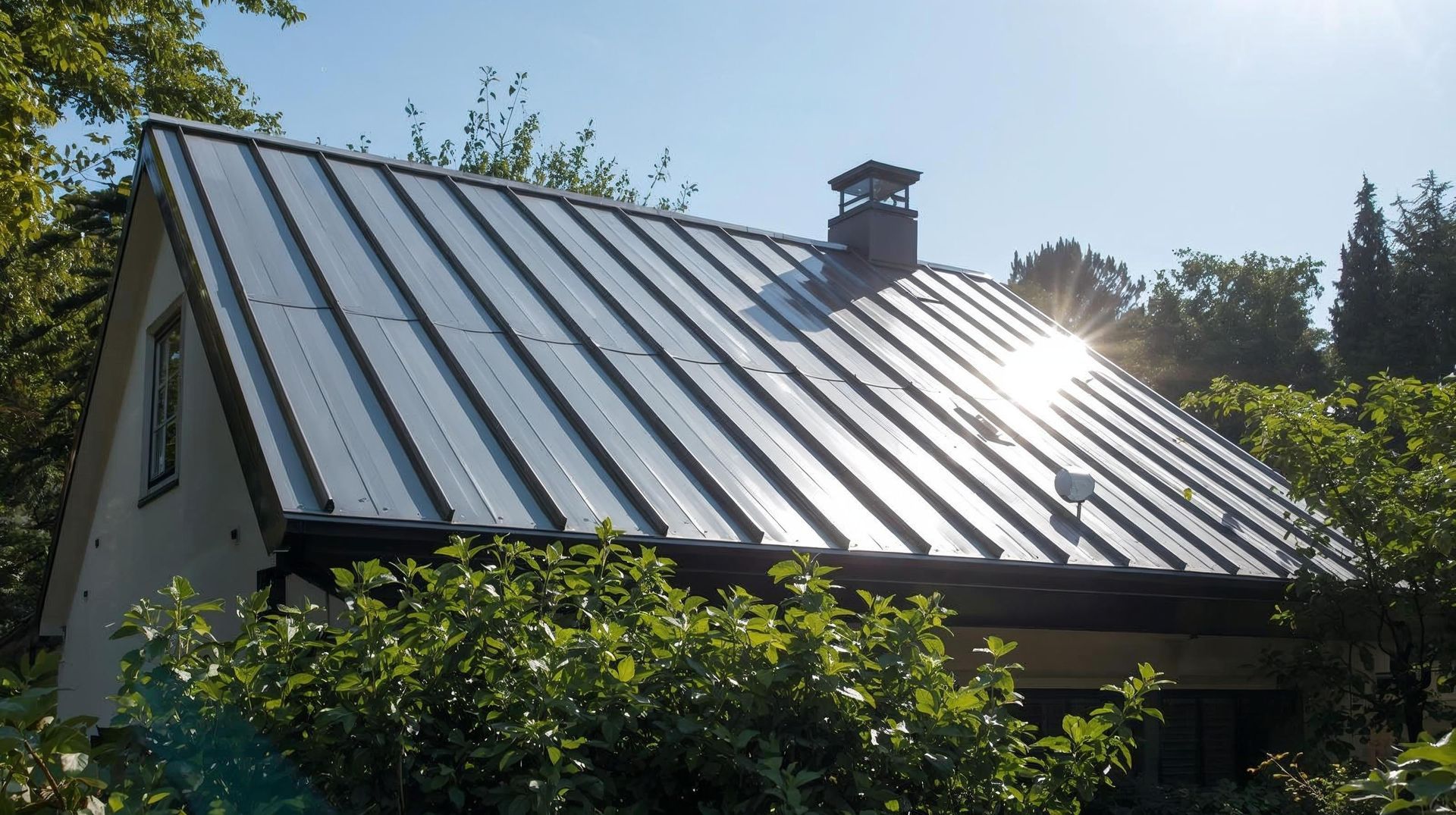Roof Tear Off and Replace Cost: Is It Worth It?
- The Added Cost: A roof tear-off typically adds $1 to $5 per square foot to your total roof replacement cost, but it's a crucial investment in quality.
- The Alternative is Risky: The cheaper alternative, a "roof layover" (installing new shingles over old shingles), is not recommended as it hides potential damage and can void material warranties.
- Why It's Worth It: A full tear-off allows for a critical inspection of the roof decking for rot or damage, ensuring your new roof is built on a solid foundation.
- Key Cost Factors: The price of the tear-off is most affected by the number of existing shingle layers, your roof's size and complexity, and the type of material being removed.
- Get a Complete Estimate: A roof replacement cost calculator is the best way to get a personalized estimate that includes the cost to tear off and replace your roof.
- Revealing Hidden Damage: Roofing contractors look for soft, spongy spots that indicate wood rot, dark stains from persistent moisture, and even damage from termites or other pests. Covering these issues up is like putting a bandage on a broken bone.
- Ensuring a Flat Surface: New asphalt shingles are designed to be installed on a perfectly flat, clean surface. Installing them over old, curled, or missing shingles creates an uneven foundation, which can cause the new shingles to lift in the wind and fail prematurely, drastically reducing the roof’s lifespan.
- Code Compliance: Many municipal building codes strictly prohibit having more than two layers of roofing materials on a structure. A tear-off ensures your new roofing project is fully compliant with local regulations.
- Material Choice: This is the biggest variable impacting your total cost. The cost per square foot for affordable asphalt shingles is a fraction of what you'd pay for premium options like a slate roof, and this will be the largest single item on your invoice.
- Labor Costs: The charge for the professional roofer to install the new roof system will vary significantly based on your location. What roofing companies charge in a major city is typically higher than in a rural area due to different local wages.
- Location & Climate: Beyond labor rates, your local climate influences the roof installation. A roof in a hurricane-prone area, for example, may require specific installation techniques or materials that add to the price.
- Roof Size & Complexity: A larger roof with more square footage will always cost more due to the need for more materials and labor. Likewise, complex features like a steep roof pitch, multiple dormers, or skylights increase the time and skill required for the job.
- Structural Repairs: Be prepared for potential surprises. If your contractor discovers rotted roof decking or damaged framing after the tear-off, those necessary repairs will be an additional—but crucial—expense.
- Permits and Building Codes: Every project requires a municipal permit, which has a fee. Your new roof may also need upgrades to meet current building codes, like improved roof ventilation, which will be factored into the final price.
- Seasonal Timing: You can often save money by scheduling your project strategically. The roofing industry is busiest in the spring and fall; booking during the slower off-season can often result in a lower quote.
- This covers the crew's time to strip the roof and the cost of the large dumpster and landfill fees.
- This includes the shingles, underlayment, ice and water shield, flashing, and ridge caps.
- This is the cost for the skilled crew to properly install the new roof system.
- This covers the required municipal permits for the project.
- A smart budget includes a buffer for unexpected costs, primarily for replacing any rotten roof decking that is discovered.
| Feature | Full Tear-Off & Replacement | Roof Layover (Re-Roofing) |
|---|---|---|
| Upfront Cost | Higher, due to added labor for roof removal and disposal. | Lower, saving $1-$5 per square foot on tear-off labor costs. |
| Decking Inspection | Yes. Allows for a full professional inspection of the roof decking for rot or damage. | No. Hides any existing problems, which can get worse over time |
| Roof's Lifespan | Full. New shingles perform as expected on a clean, flat surface. | Reduced. Shingles installed over an uneven surface can wear out faster. |
| Warranty | Manufacturer warranties are fully valid. | Often voids or limits the manufacturer's warranty. |
| Home Resale Value | Preferred by home inspectors and buyers. | It can be a red flag for inspectors, potentially complicating a sale |
| Weight | The roof structure only supports the weight of one roof. | Adds significant weight, potentially straining the roof structure. |
The Verdict:
While the upfront cost to tear off a roof is an added expense, the benefits are overwhelming.
The combination of a full inspection, a longer lifespan for your new roof, and a valid warranty makes the tear-off the clear winner for any homeowner looking for long-term value and safety.
Key Factors That Influence Your Tear-Off and Replace Cost
The average costs are a helpful guide, but your actual cost will depend on the specifics of your roof. Some of the factors that will affect your costs are:
- Number of Layers: The more layers of old shingles your roof has, the more labor it takes to tear them off. Removing two layers can nearly double the cost of the tear-off compared to removing just one.
- Roof Size and Steepness: A larger roof naturally costs more, but the steepness (or "pitch") is also a huge factor. A very steep roof is harder and slower to work on and requires extra safety gear, which drives up labor costs.
- Type of Material: The weight of your old roofing material matters a lot. Tearing off and disposing of lightweight asphalt shingles is much cheaper than handling heavy materials like slate or clay tiles, which can weigh four times as much.
- Local Labor Rates: Where you live plays a big part in the cost. Labor rates for roofing contractors are simply higher in major cities and high-cost-of-living areas compared to more rural locations.
- How Easy Your Roof is to Access: If your house is surrounded by tight spaces, trees, or delicate landscaping, it takes the crew longer to get materials up and debris down safely. This extra time and care will be reflected in the quote.
- Hidden Decking Damage: This is the biggest surprise cost. After the old roof is off, the contractor might find rotted or damaged wood underneath. Any necessary repairs to this "roof decking" will be an additional—but essential—charge.
Conclusion: Why a Full Tear-Off is Almost Always Worth It
So, what’s the final verdict? While saving a bit of cash with a layover is tempting, a full roof tear-off and replacement is truly the way to go for almost every homeowner.
Why? Because paying a little more upfront buys you complete peace of mind. It's the only way to know for sure that your roof decking is solid, that your new roof is installed perfectly, and that you're getting the full lifespan you paid for.
Think of it this way: the extra cost of a tear-off isn't just for labor; it's an investment in knowing your home is protected for decades to come.
You have the information, now get your personalized numbers. A real budget starts with a real estimate.
>> Calculate Your Personalized Roof Replacement Cost for Free <<
How can I tell if my roof already has multiple layers?
The easiest way is to ask a contractor during your inspection. But sometimes, you can see it yourself by looking at the side edge of your roof. If it looks extra thick, you might have more than one layer of old shingles.
Will a roof layover void my new shingle warranty?
Yes, most of the time. Shingle companies guarantee their product will work on a clean, flat surface. Putting new shingles over old, bumpy ones (a layover) can void that warranty coverage, leaving you unprotected if the materials fail.
Can I do the tear-off myself to save money?
You can, and it does save money on labor costs. But be warned: it's incredibly tough, messy, and dangerous work if you don't have the right safety gear. Most homeowners find it's better to let the pros handle it.
How much mess does a roof tear-off actually make?
It's a very messy job that creates a lot of dust and debris. A good roofing company will protect your house and yard with large tarps and use a big dumpster to keep everything contained and haul it away.
Does a full tear-off add more value to my home than a layover?
Definitely. A full roof replacement after a tear-off is a huge plus for buyers. They know there are no hidden problems with the roof decking underneath, which makes your home much more attractive than a house with a cheaper layover.
